
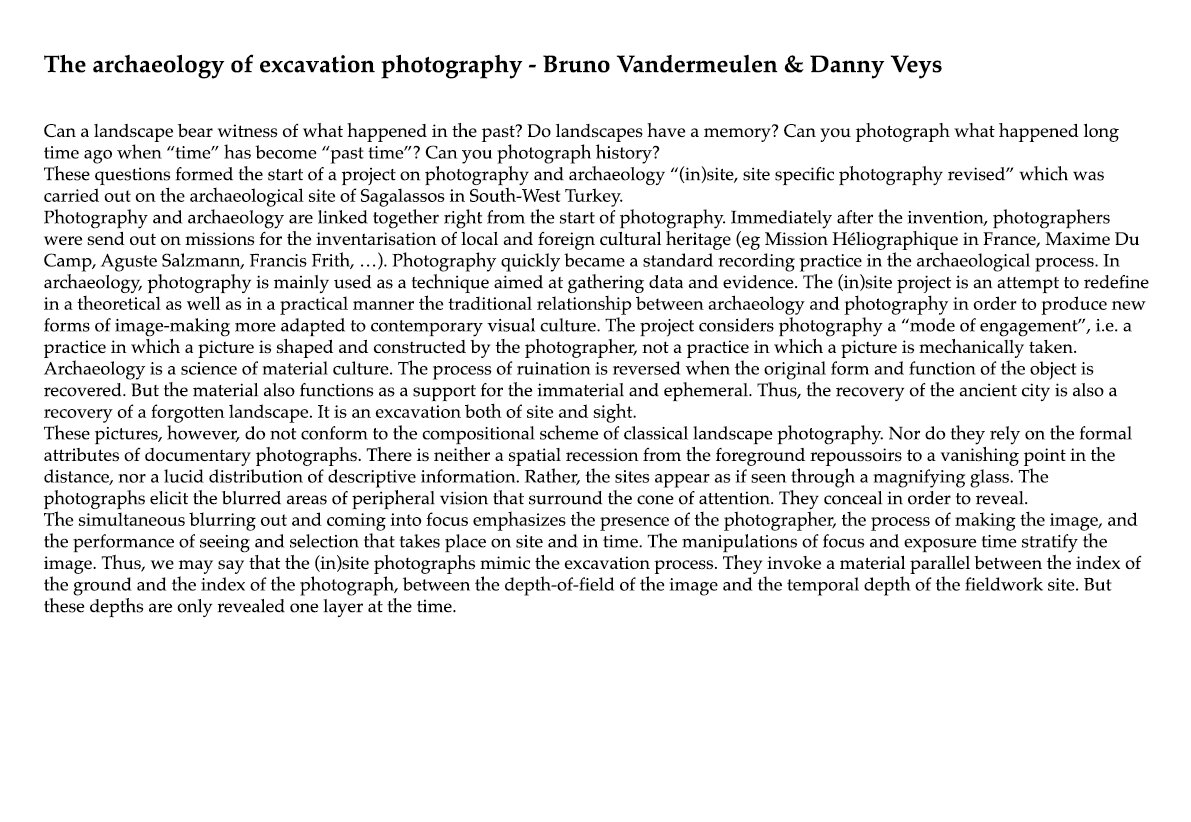

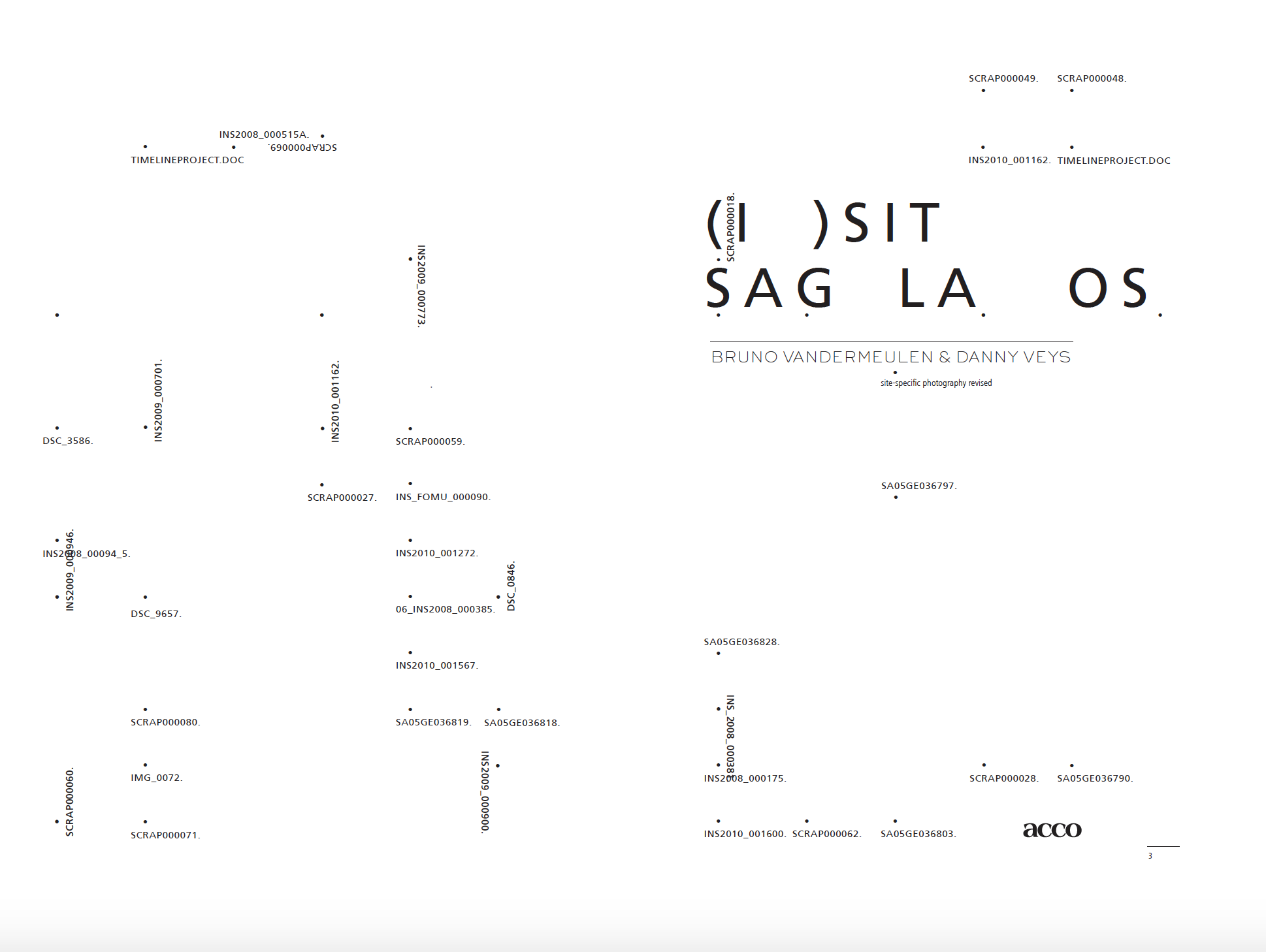
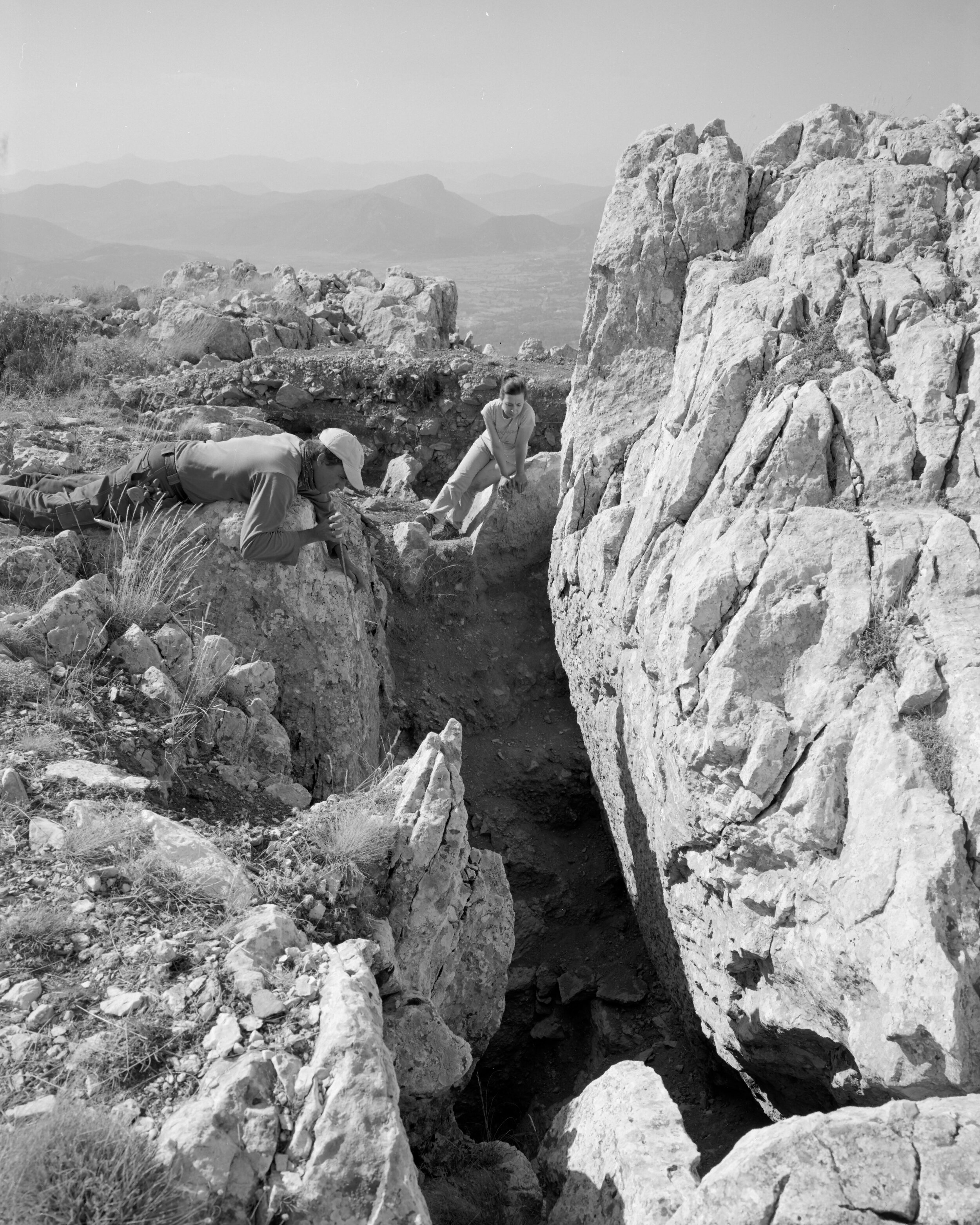
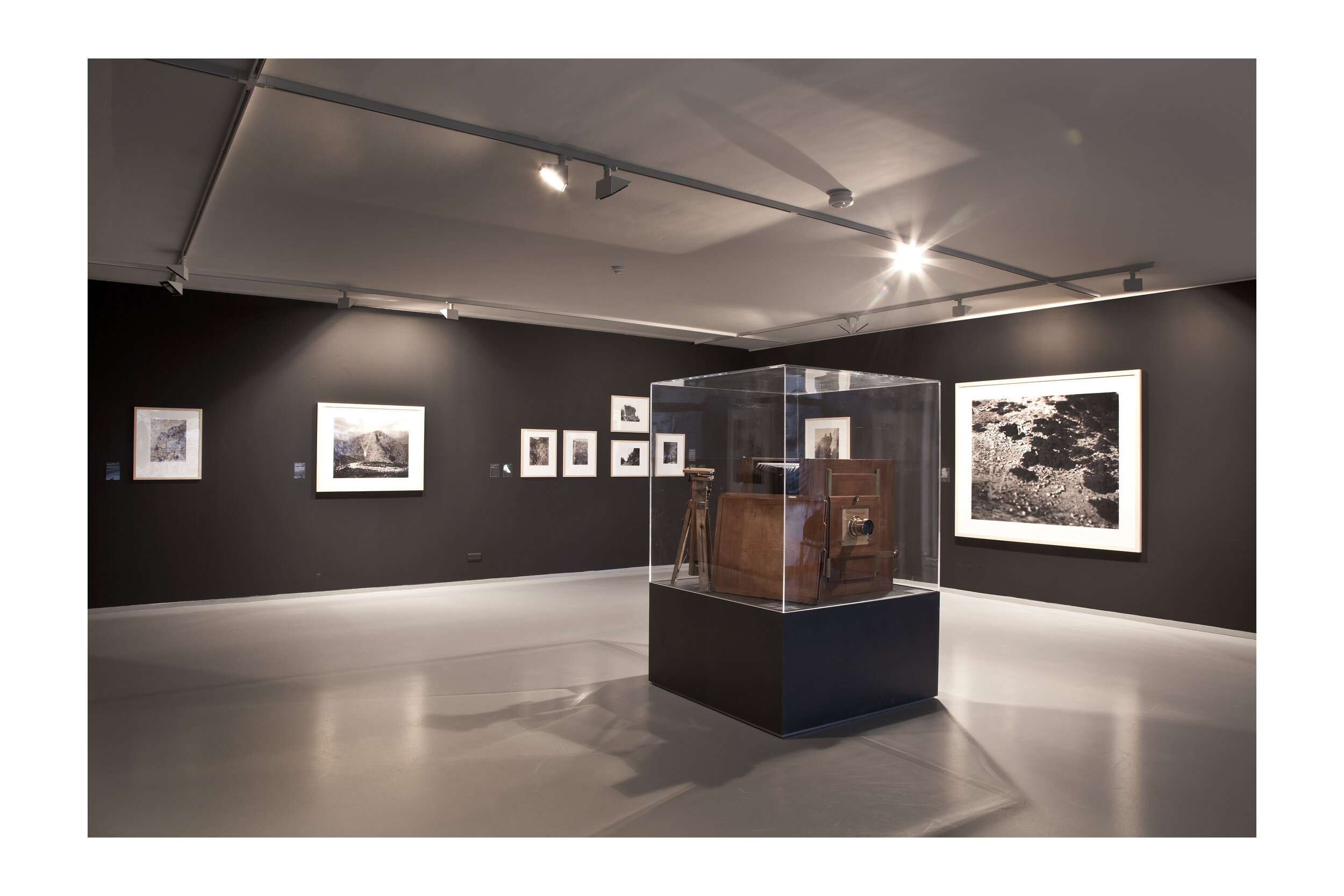
Imaging History, Photography after the fact, Photomuseum Antwerp (B).
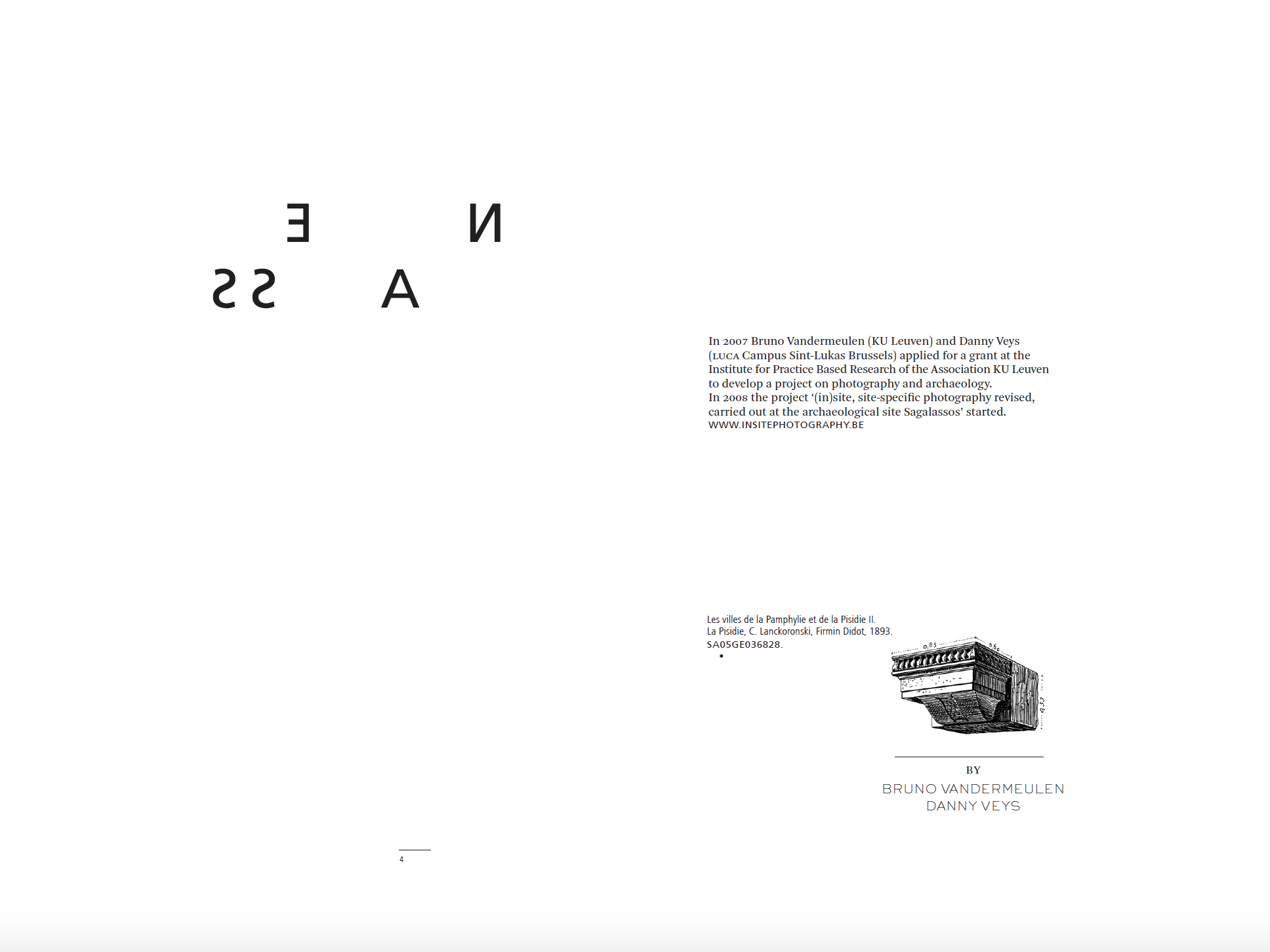
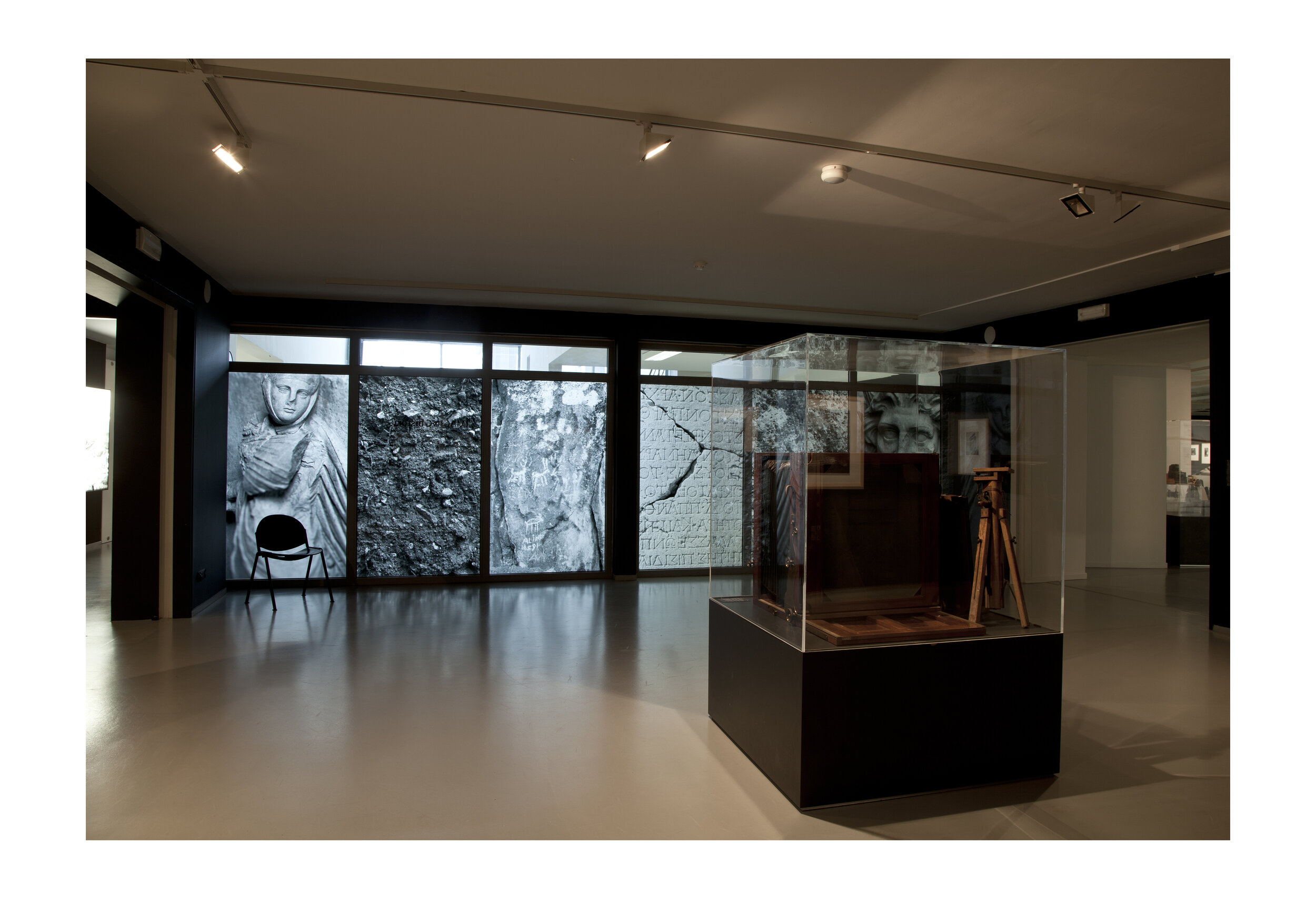
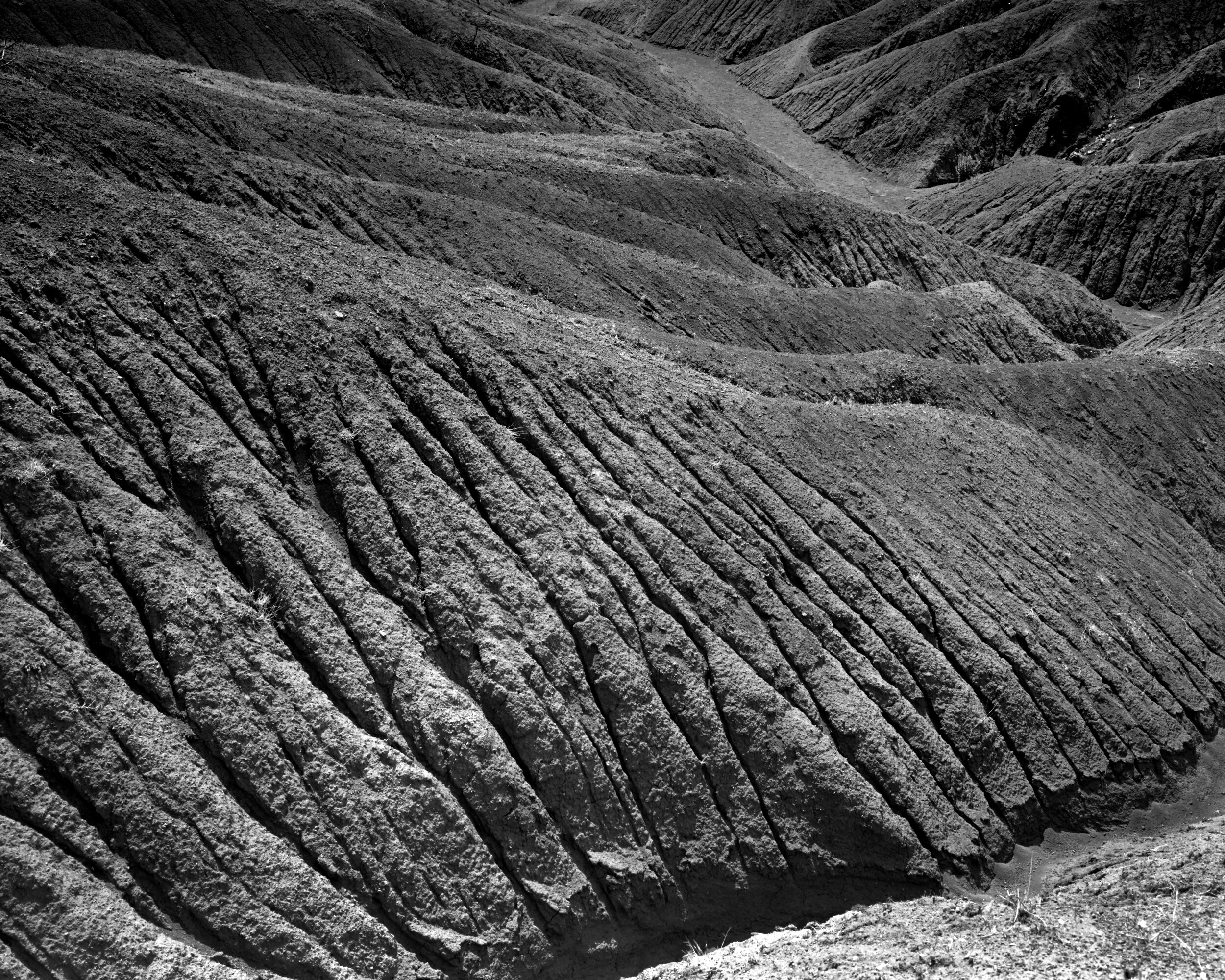
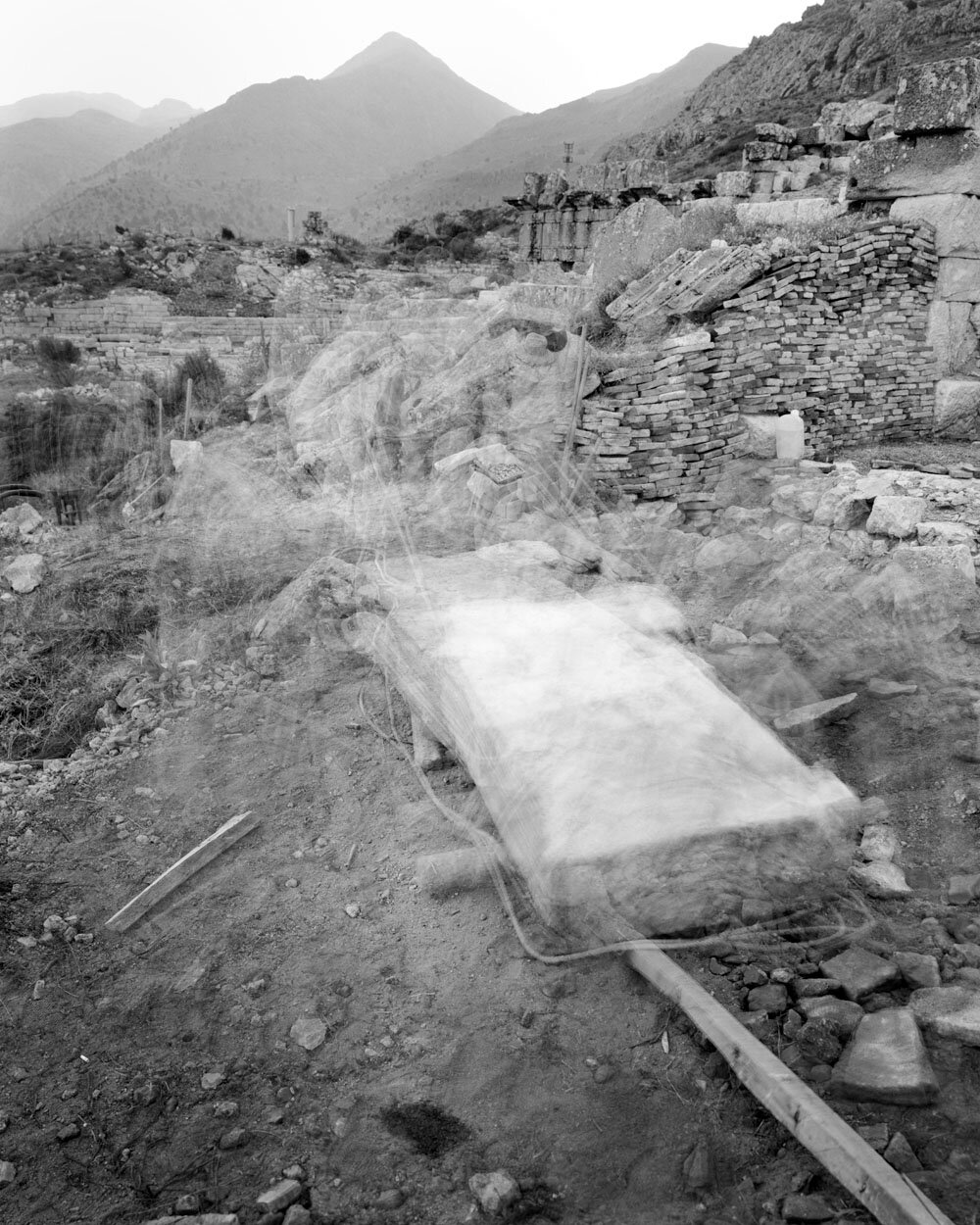
The excavations along the south façade of the Roman Baths necessitated the removal of the structural collapse caused by the early seventh century AD earthquake. Architectural blocks of sometimes several tons need to be carefully and safely removed. To make such Herculean efforts worthwhile, these collapse layers turned out to conceal substantial remains of the original building phase of the local baths. The imperial Roman Baths (AD 120-161) were apparently preceded by a smaller bath building built around the start of our era.
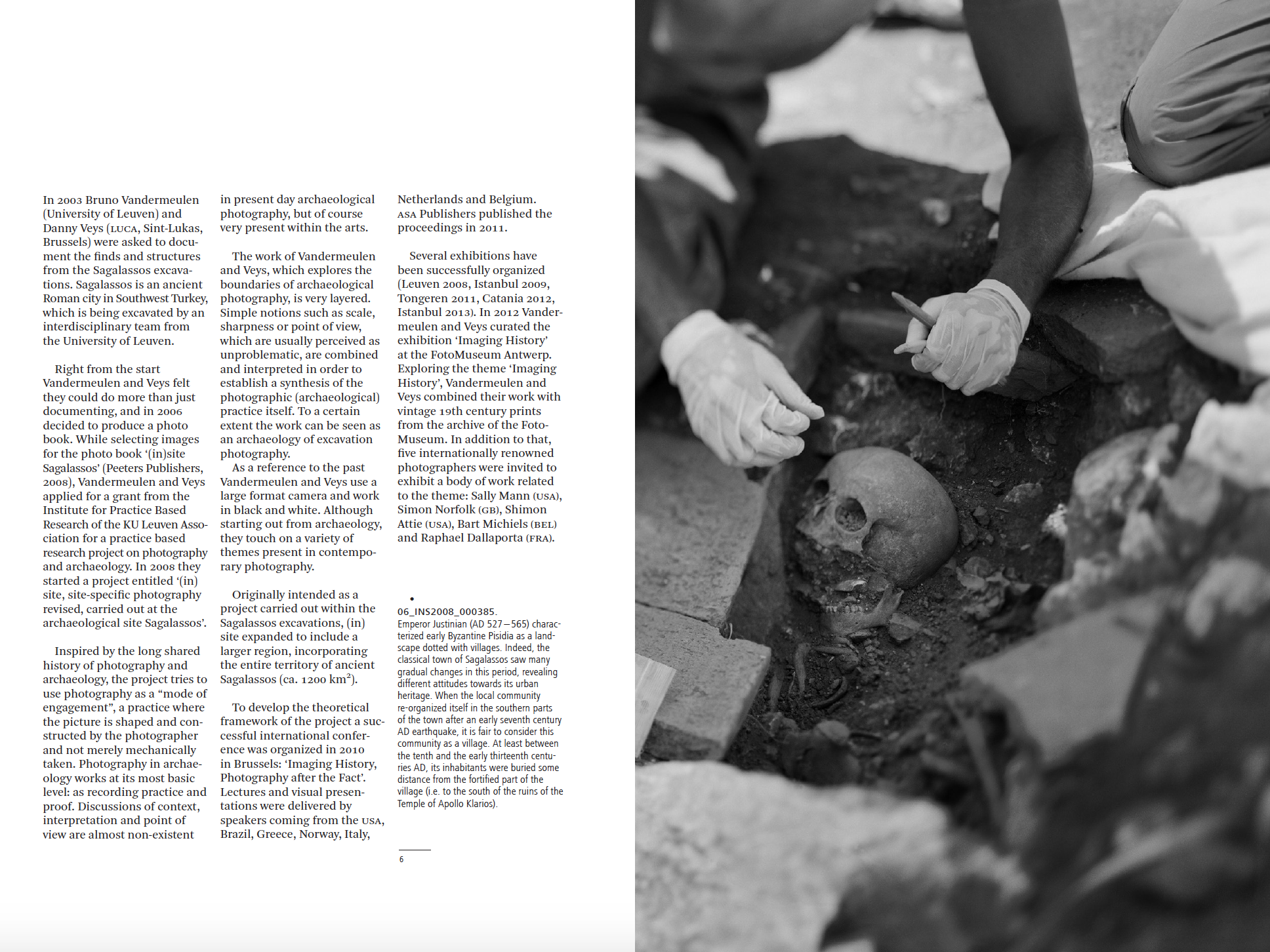
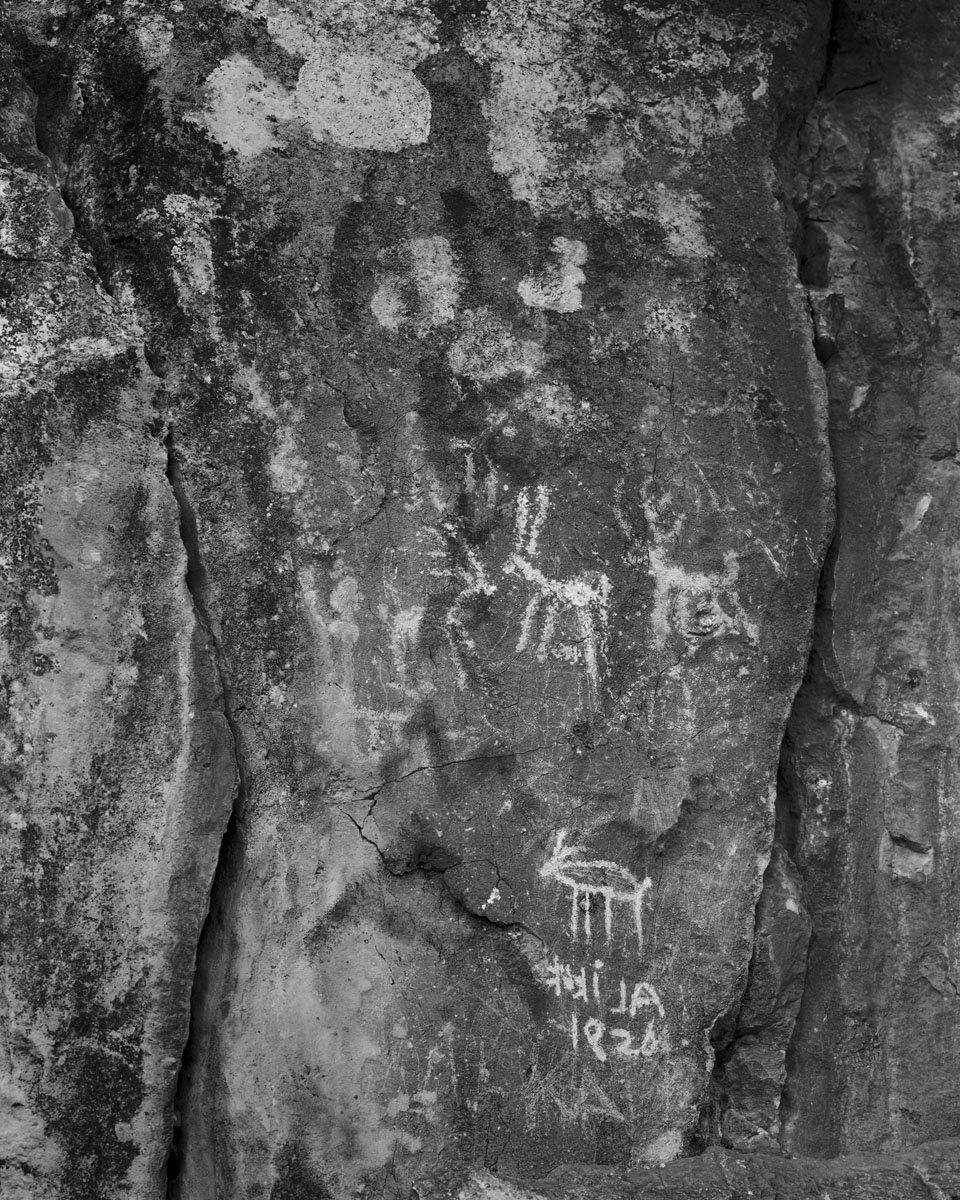
Rock art was identified on a rock outcrop in the southwest part of the Yaraşlı Plain, between the modern Turkish villages of Sazak and Kocapınar. Next to modern graffiti, five schematic animal depictions were registered in total, which most likely represent wild goat and deer. The figures were engraved into the rock surface and no traces of paint were present. Although the dating of rock art is generally a very challenging task, it seems possible that this example dates back to the Epipalaeolithic, near the end of prehistory (20,000-7000 BCE), as this type of 'art' is common at the well-known Epipalaeolithic cave sites of the Antalya region, such as at Öküzini and Beldibi.
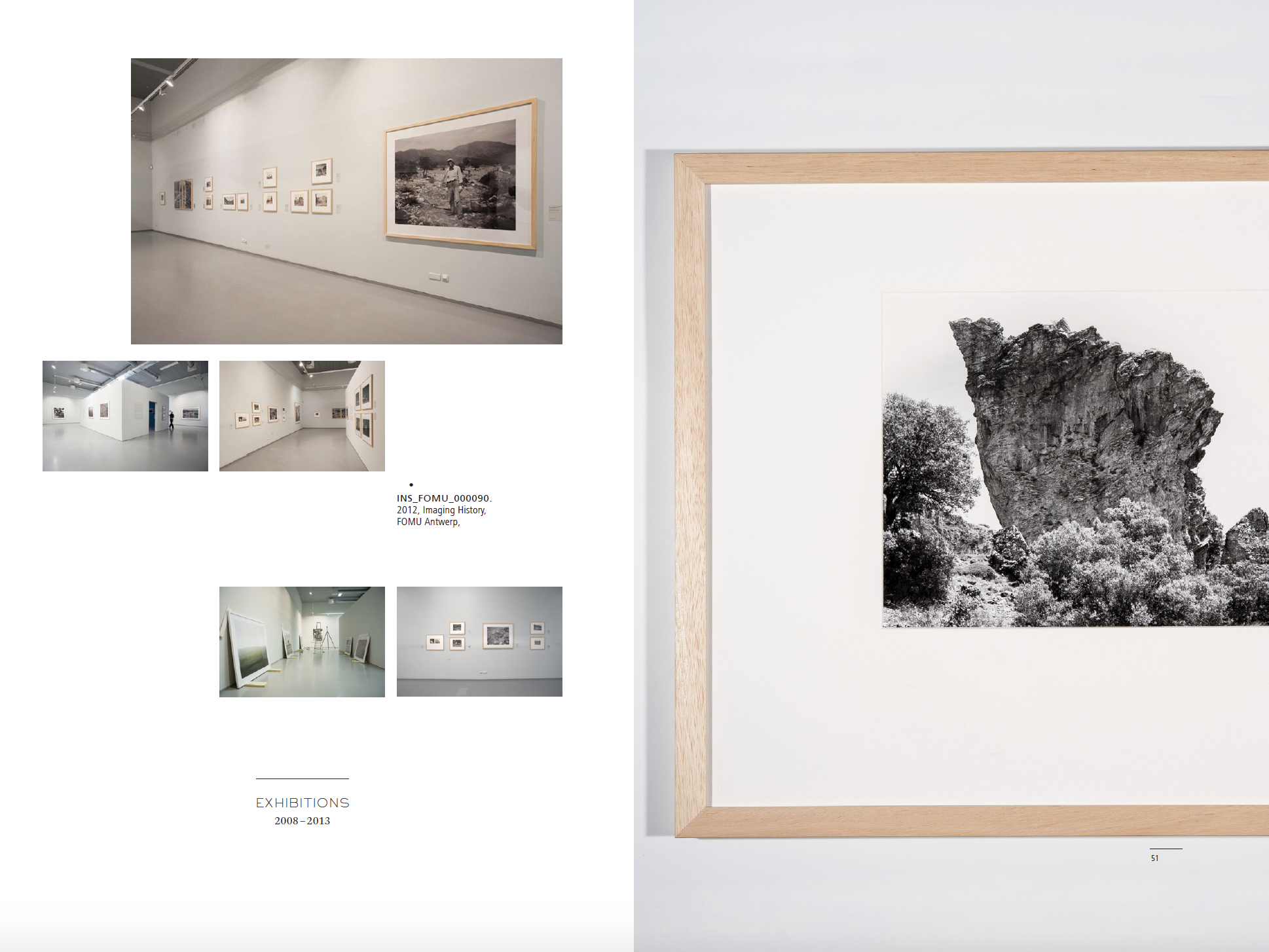

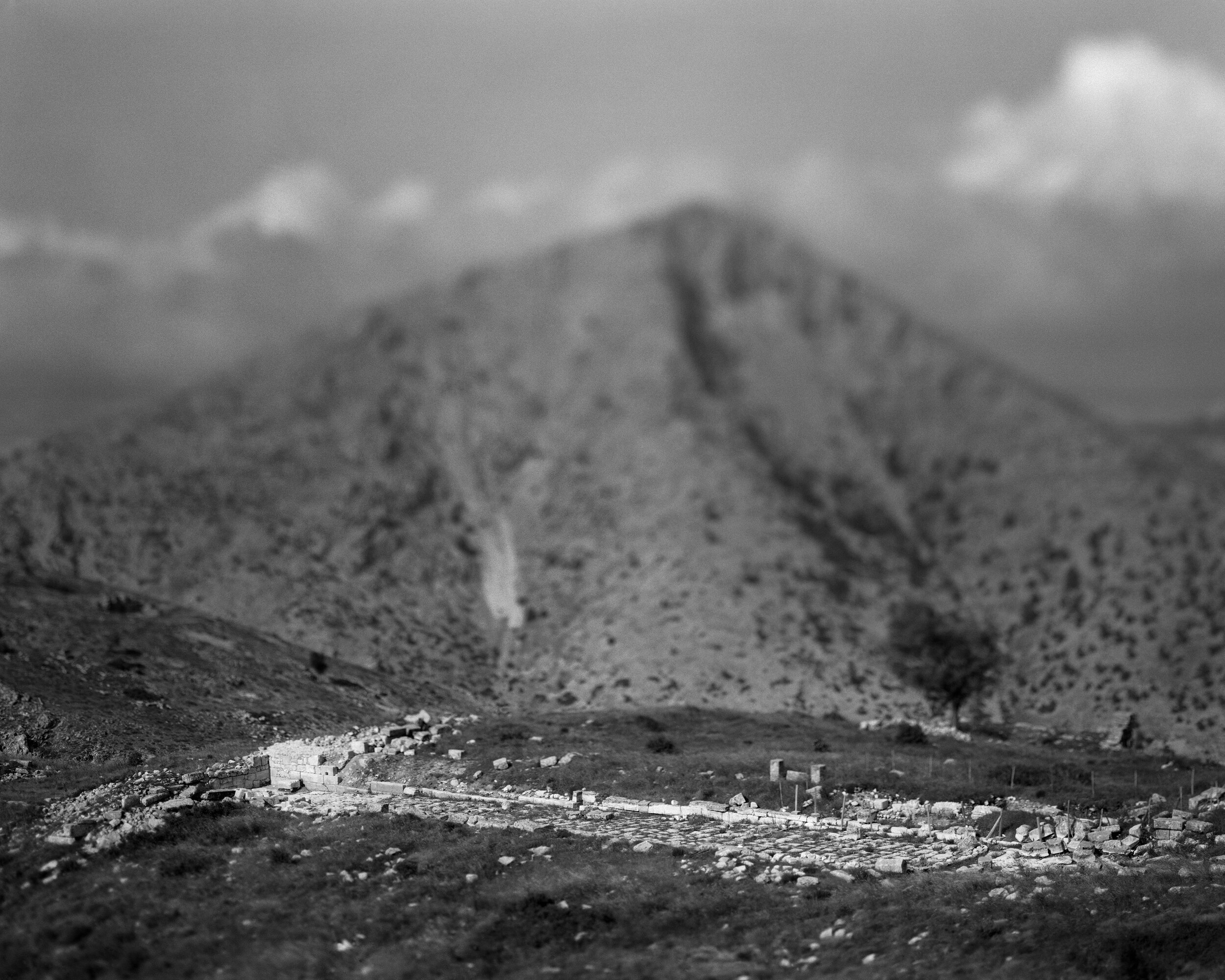
The Colonnaded Street runs 280 m directly through the southern parts of Sagalassos. At both ends, elegant gateways were erected in the Corinthian order during the reign of Tiberius (AD 14-37). These marked the southern access points to the town, as well as the entrance to the Lower Agora at the northern end. The paved street was approximately 9 m wide, paved and flanked with Ionic porticoed galleries along its sides. In the wake of the major earthquake which struck Sagalassos in the early seventh century AD, the local community re-organized itself in the southern parts of the town.
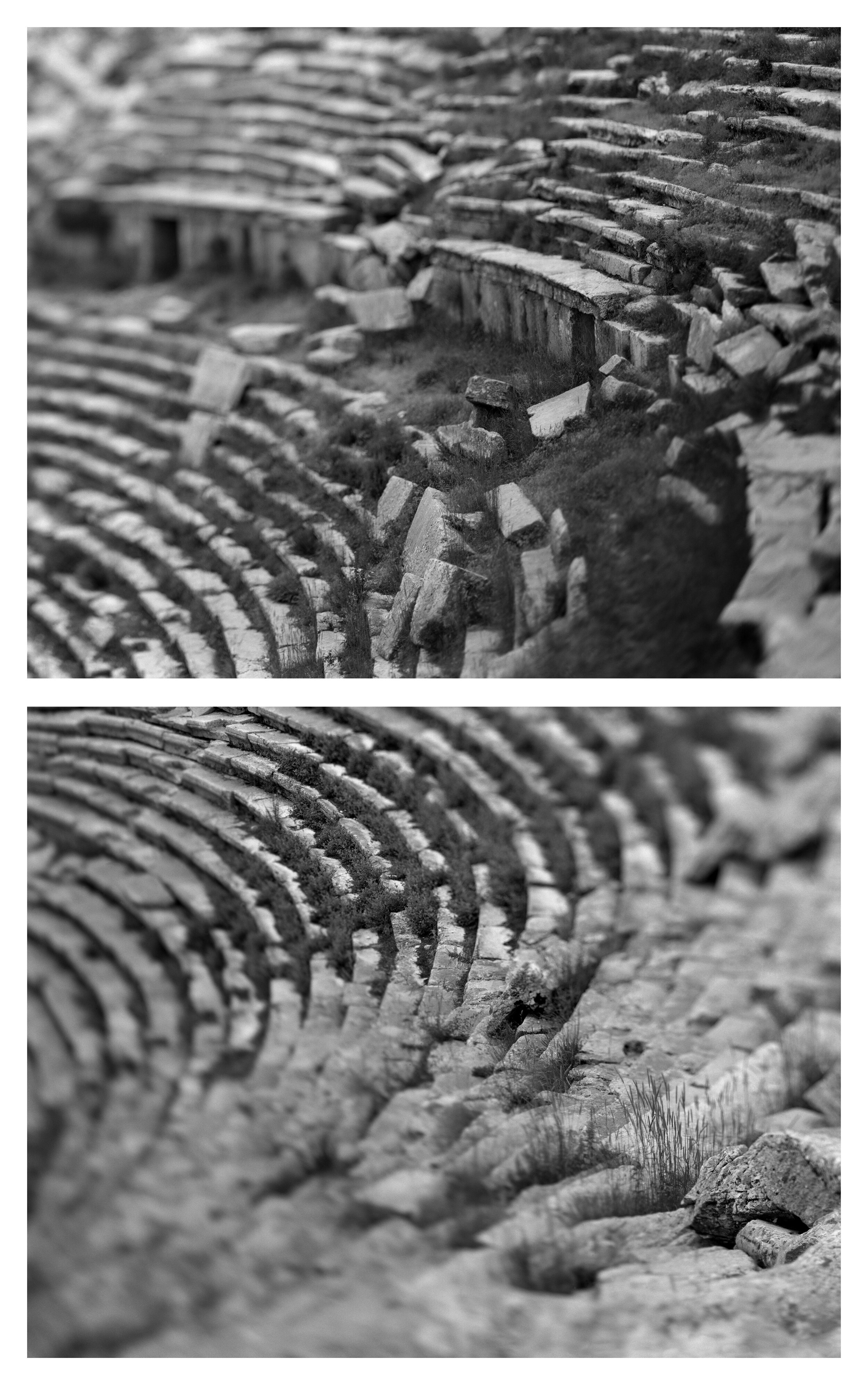
The Theatre of Sagalassos was completed by the end of the second century AD, incorporating remains of earlier building phases. The building, which could accommodate an audience of several thousands of spectators, symbolizes how the urban infrastructure of Sagalassos supported its central role in the region of Pisidia. The sacred festivals and sporting contests of the town, some events of which took place in the theatre, were intended to attract visitors from the region, who could also make use of the other urban services on offer, such as jurisdiction and retail trade.
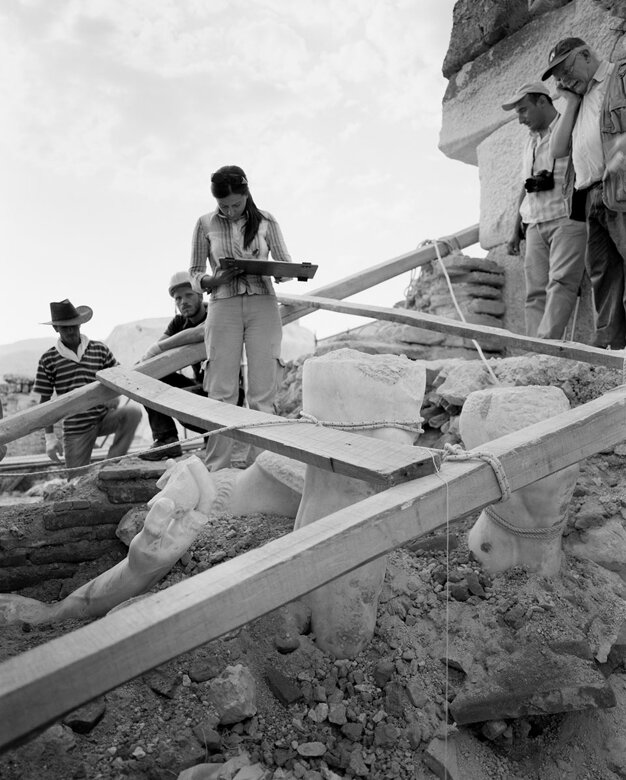
The sketching of the remains of the larger than life statue of emperor Marcus Aurelius (161-180 AD) found at the Roman baths (120-161 AD). The head and both arms were found stored behind the legs, which were still standing on the plinth. All these parts were in white marble. The torso was originally made from gilded bronze, but was not preserved. It was smashed up in pieces and molten in the smelting furnaces found in several locations in Frigidarium 1. Two lime kilns were also constructed, in which most marble parts of the other imperial statues from this gallery were burned into slaked lime.
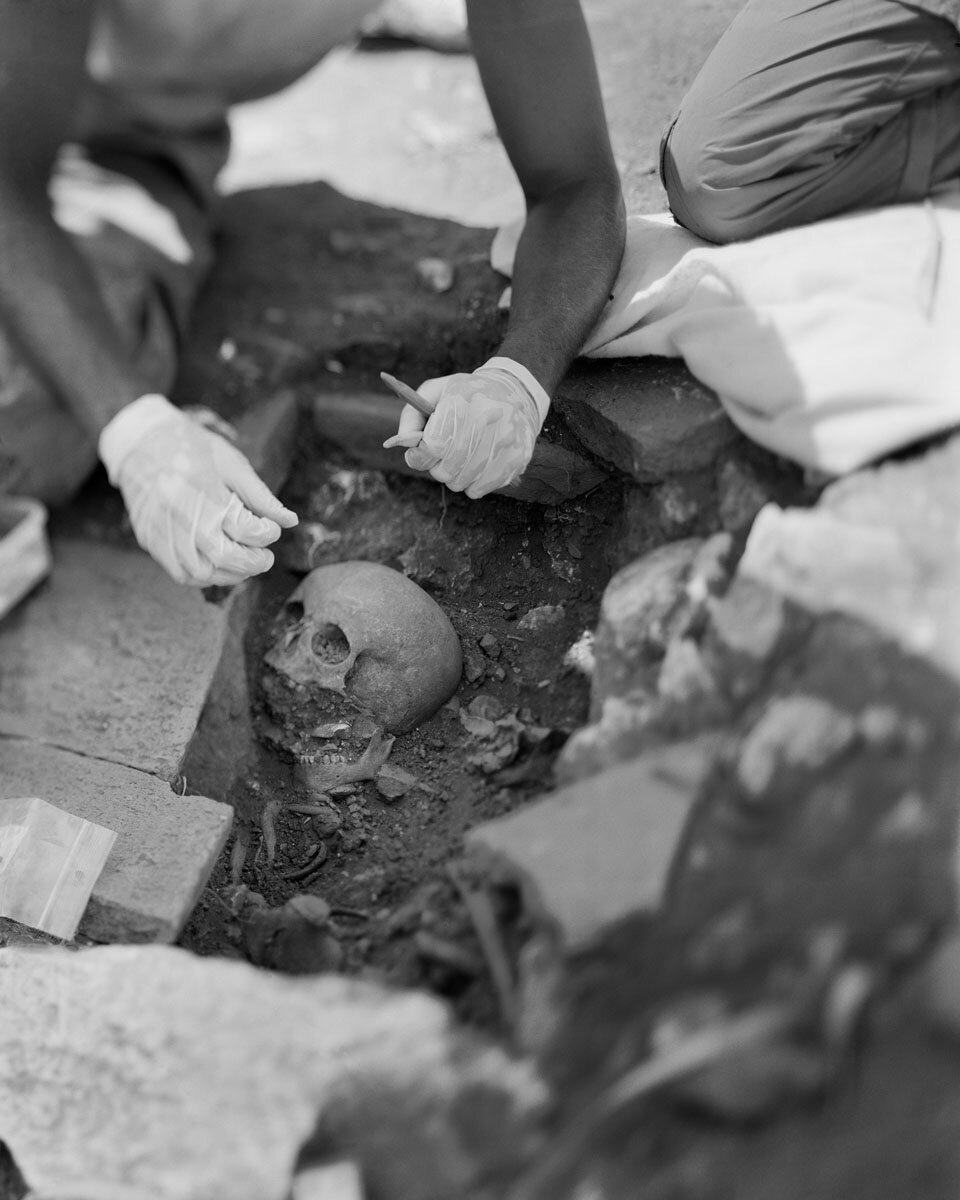
Emperor Justinian (AD 527-565) characterized early Byzantine Pisidia as a landscape dotted with villages. Indeed, the classical town of Sagalassos saw many gradual changes in this period, revealing different attitudes towards its urban heritage. When the local community re-organized itself in the southern parts of the town after an early seventh century AD earthquake, it is fair to consider this community as a village. At least between the tenth and the early thirteenth centuries AD, its inhabitants were buried some distance from the fortified part of the village (i.e. to the south of the ruins of the Temple of Apollo Klarios).
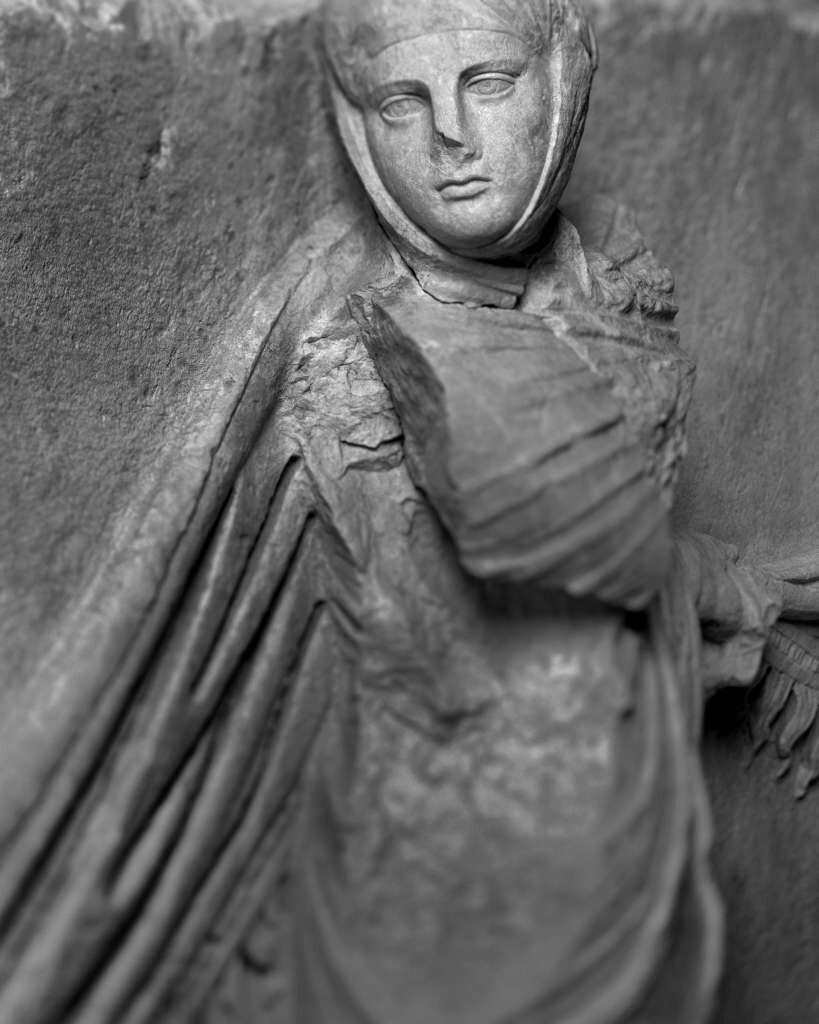
Veiled dancer, focused intensively on her performance. Together with thirteen other dancers a local rows dance is put on display on the relief decorated orthostats surrounding the podium of the Northwest Heroon on three sides. The monument was erected in Augustan times to commemorate a leading citizen of the local community.
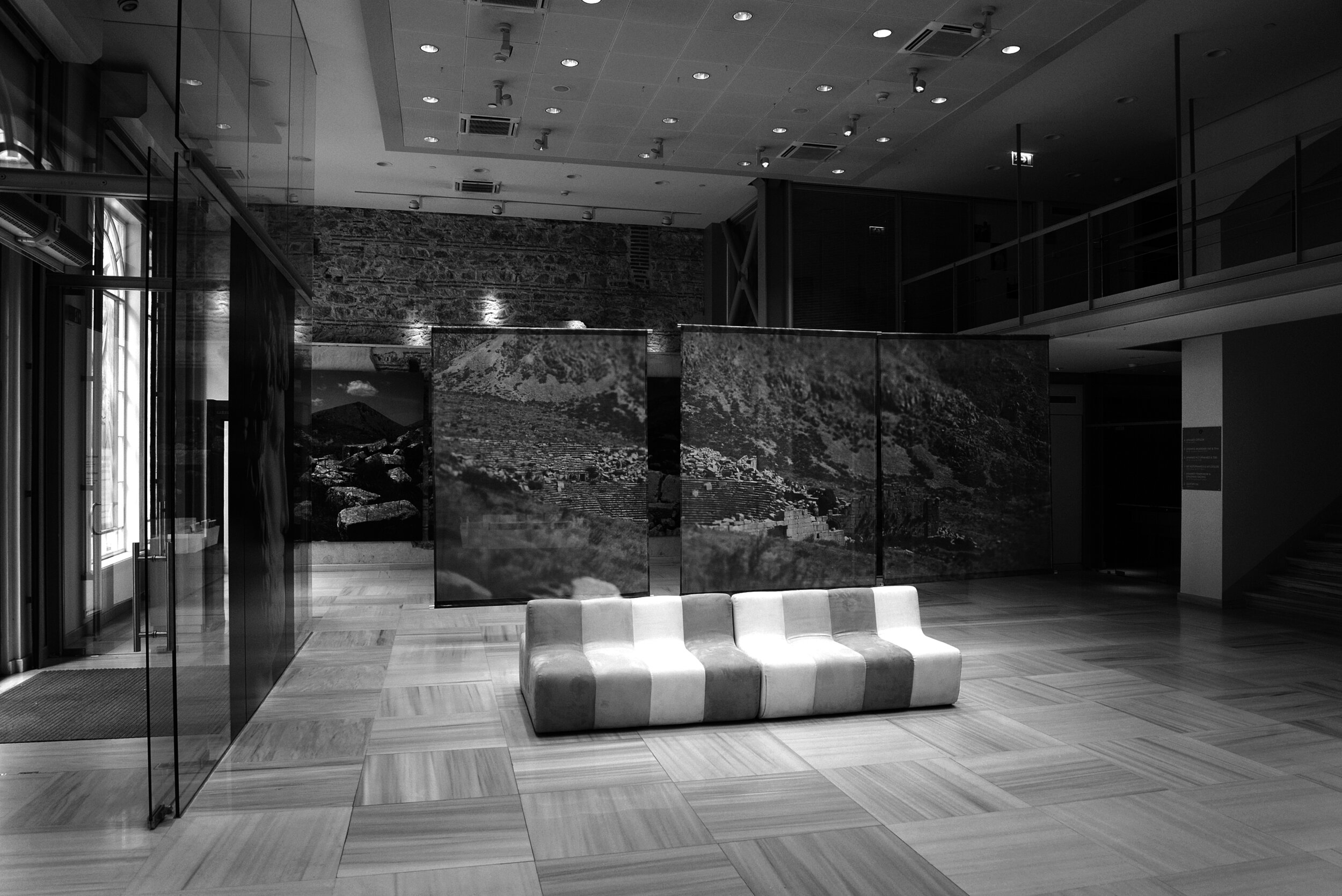
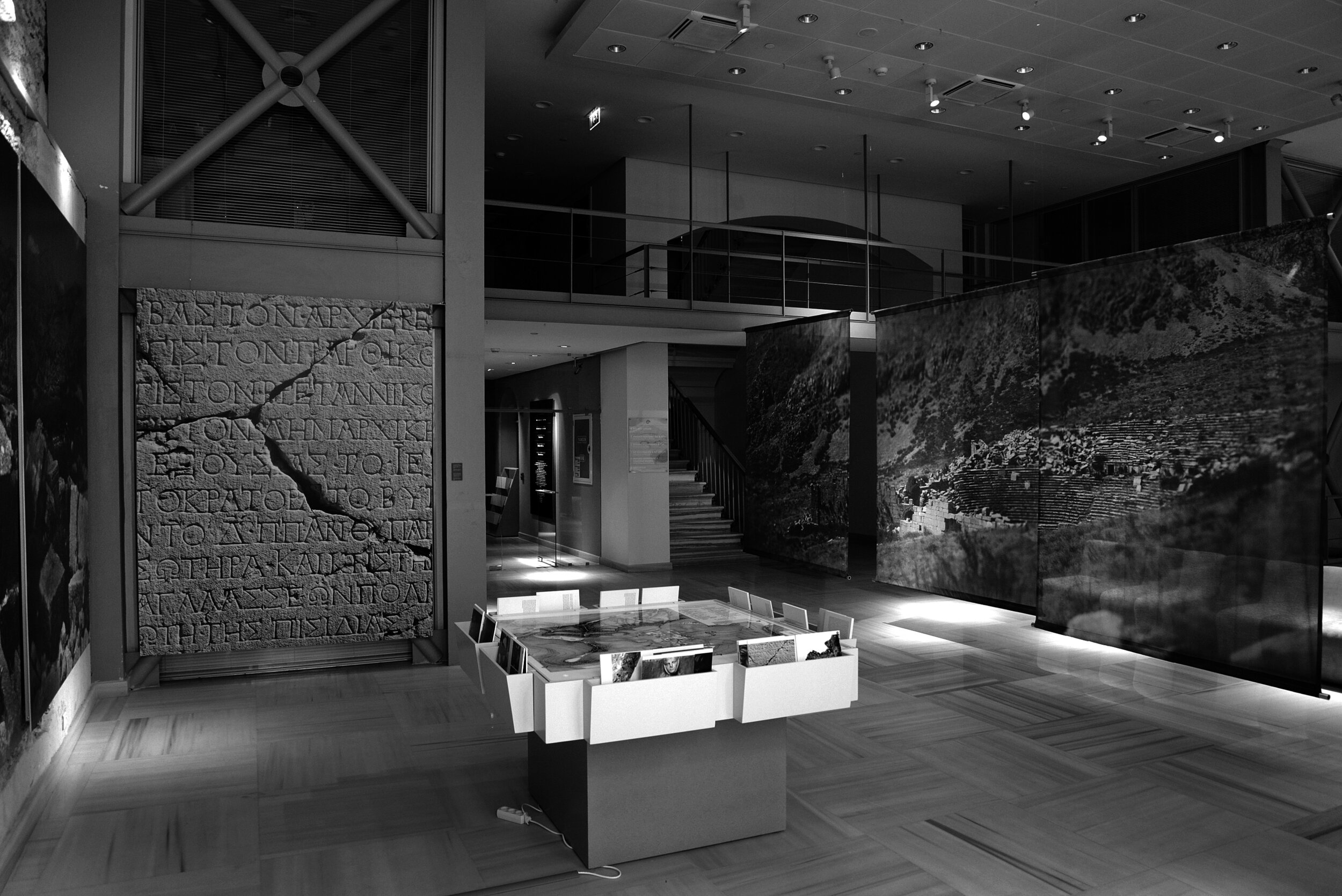
(In)Site Sagalassos, The Archaeology of Excavation Photography, Anamed Research Center, Istanbul (Tr)
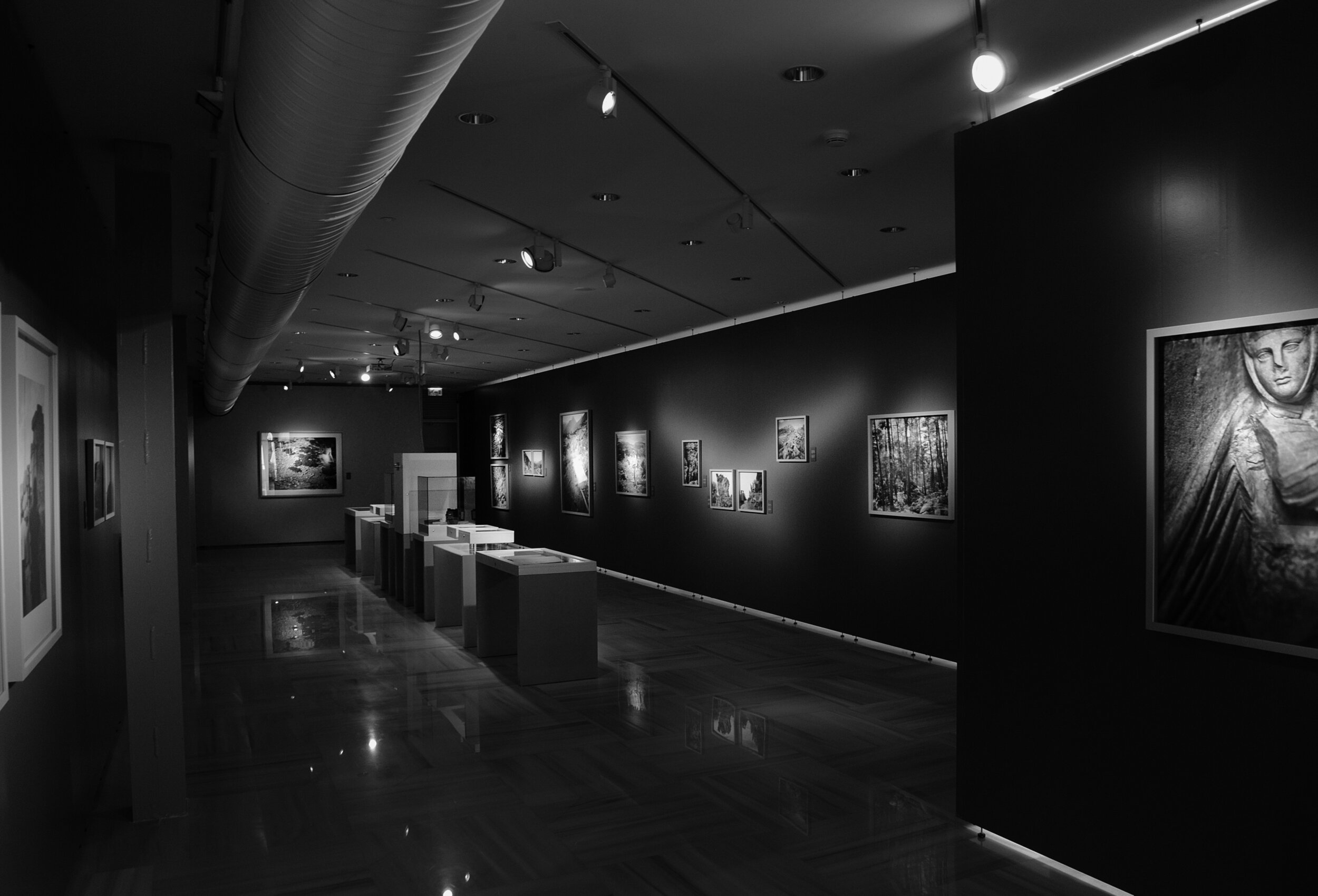
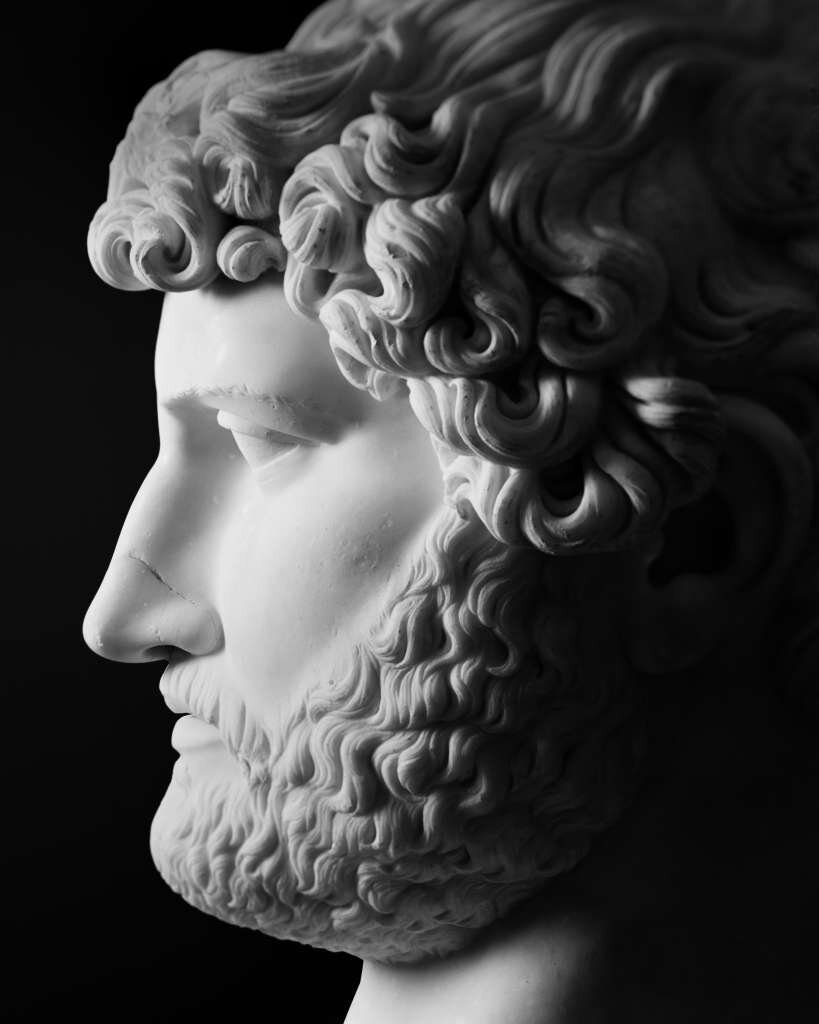
Imperator Caesar Traianus Hadrianus Augustus (AD 117-138). Hadrian was the first Roman emperor to be depicted with beard, possibly another instance of his love for all things Greek. He symbolizes the Roman Empire at its strongest. Hadrian was a pragmatic ruler, who avoided war whenever possible and focused on improving the internal workings of the empire. He travelled widely through the provinces to understand matters in their context. Possibly on occasion of one his journeys along the south coast of Asia Minor, he received an embassy of the city of Sagalassos, and he granted the polis the right and privilege to organize the imperial cult, as the main city of the league of Pisidian towns.
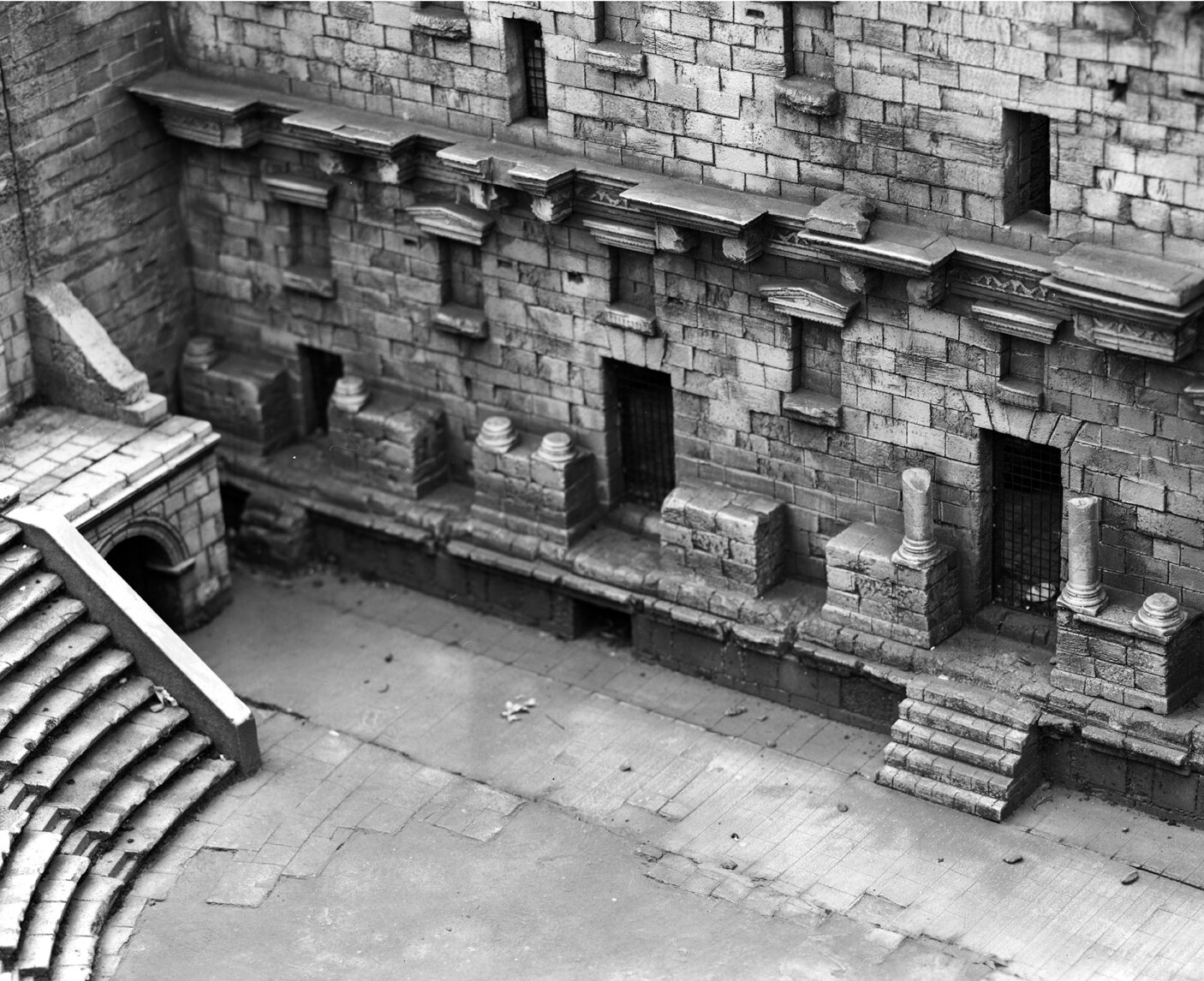
Theatre, Aspendos, Miniaturk.
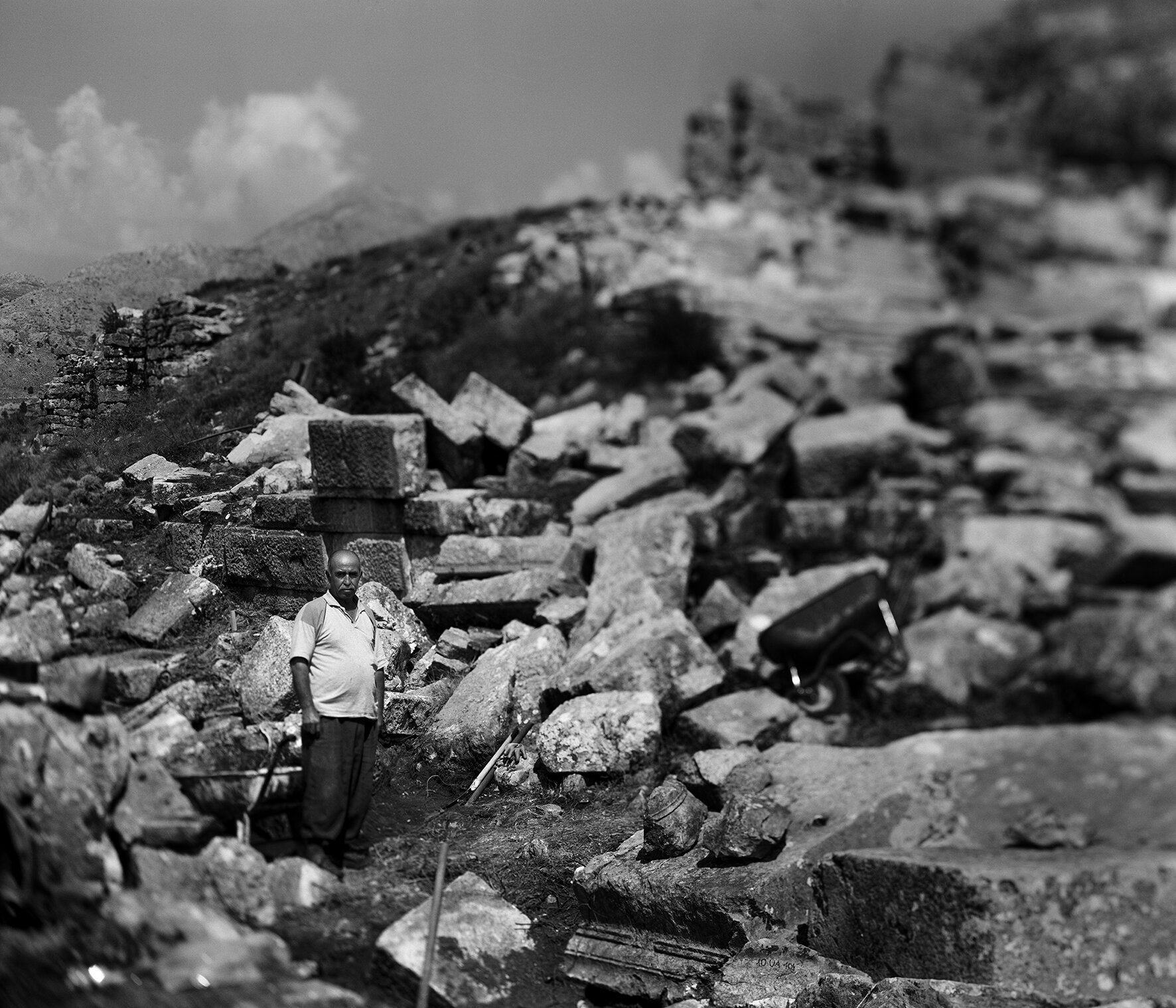
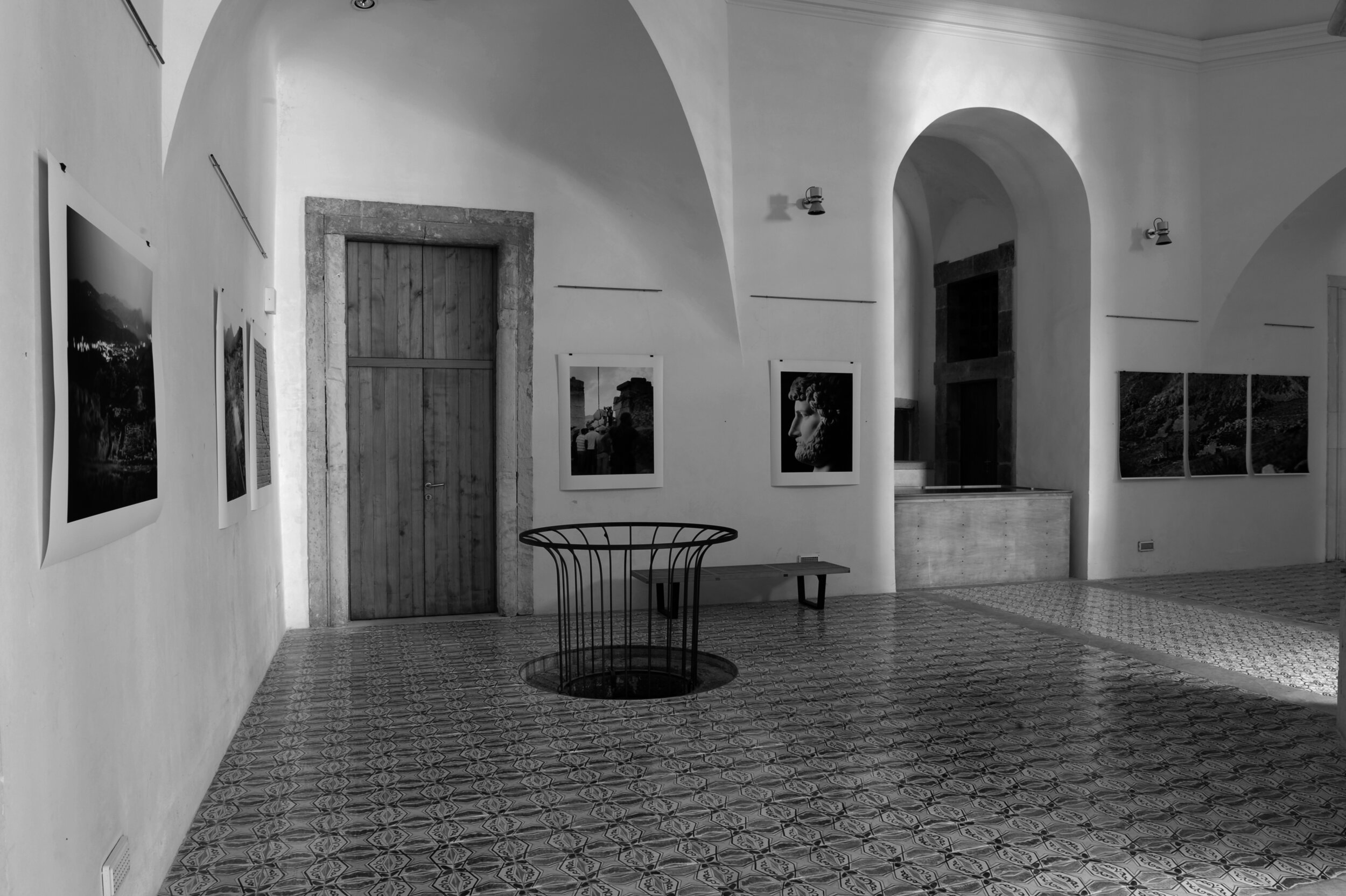
“Imaging History - Imagining Antiquity", Cucine del Monastero dei Benedettini, Catania (It)
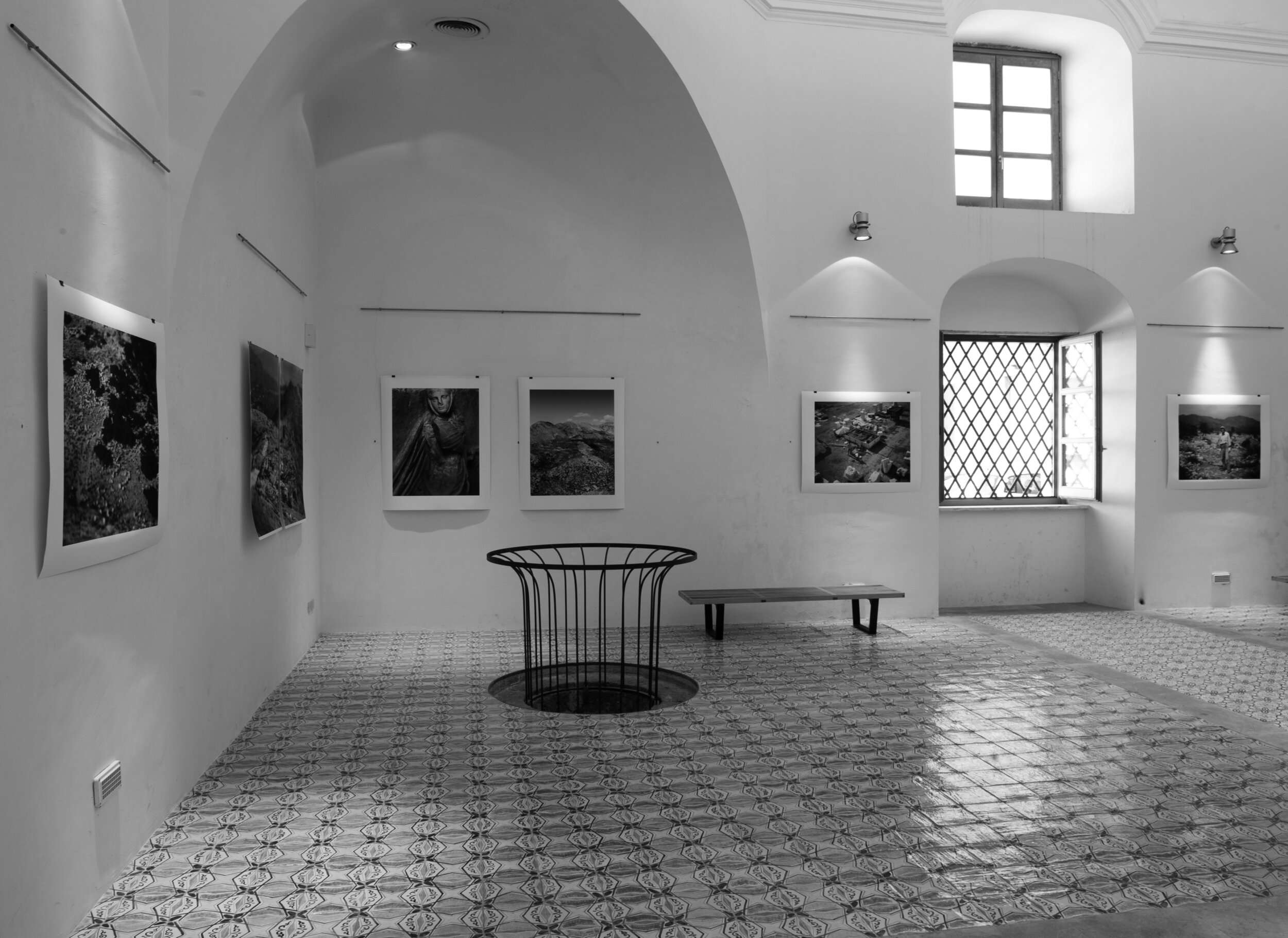



























Imaging History, Photography after the fact, Photomuseum Antwerp (B).
The excavations along the south façade of the Roman Baths necessitated the removal of the structural collapse caused by the early seventh century AD earthquake. Architectural blocks of sometimes several tons need to be carefully and safely removed. To make such Herculean efforts worthwhile, these collapse layers turned out to conceal substantial remains of the original building phase of the local baths. The imperial Roman Baths (AD 120-161) were apparently preceded by a smaller bath building built around the start of our era.
Rock art was identified on a rock outcrop in the southwest part of the Yaraşlı Plain, between the modern Turkish villages of Sazak and Kocapınar. Next to modern graffiti, five schematic animal depictions were registered in total, which most likely represent wild goat and deer. The figures were engraved into the rock surface and no traces of paint were present. Although the dating of rock art is generally a very challenging task, it seems possible that this example dates back to the Epipalaeolithic, near the end of prehistory (20,000-7000 BCE), as this type of 'art' is common at the well-known Epipalaeolithic cave sites of the Antalya region, such as at Öküzini and Beldibi.
The Colonnaded Street runs 280 m directly through the southern parts of Sagalassos. At both ends, elegant gateways were erected in the Corinthian order during the reign of Tiberius (AD 14-37). These marked the southern access points to the town, as well as the entrance to the Lower Agora at the northern end. The paved street was approximately 9 m wide, paved and flanked with Ionic porticoed galleries along its sides. In the wake of the major earthquake which struck Sagalassos in the early seventh century AD, the local community re-organized itself in the southern parts of the town.
The Theatre of Sagalassos was completed by the end of the second century AD, incorporating remains of earlier building phases. The building, which could accommodate an audience of several thousands of spectators, symbolizes how the urban infrastructure of Sagalassos supported its central role in the region of Pisidia. The sacred festivals and sporting contests of the town, some events of which took place in the theatre, were intended to attract visitors from the region, who could also make use of the other urban services on offer, such as jurisdiction and retail trade.
The sketching of the remains of the larger than life statue of emperor Marcus Aurelius (161-180 AD) found at the Roman baths (120-161 AD). The head and both arms were found stored behind the legs, which were still standing on the plinth. All these parts were in white marble. The torso was originally made from gilded bronze, but was not preserved. It was smashed up in pieces and molten in the smelting furnaces found in several locations in Frigidarium 1. Two lime kilns were also constructed, in which most marble parts of the other imperial statues from this gallery were burned into slaked lime.
Emperor Justinian (AD 527-565) characterized early Byzantine Pisidia as a landscape dotted with villages. Indeed, the classical town of Sagalassos saw many gradual changes in this period, revealing different attitudes towards its urban heritage. When the local community re-organized itself in the southern parts of the town after an early seventh century AD earthquake, it is fair to consider this community as a village. At least between the tenth and the early thirteenth centuries AD, its inhabitants were buried some distance from the fortified part of the village (i.e. to the south of the ruins of the Temple of Apollo Klarios).
Veiled dancer, focused intensively on her performance. Together with thirteen other dancers a local rows dance is put on display on the relief decorated orthostats surrounding the podium of the Northwest Heroon on three sides. The monument was erected in Augustan times to commemorate a leading citizen of the local community.
(In)Site Sagalassos, The Archaeology of Excavation Photography, Anamed Research Center, Istanbul (Tr)
Imperator Caesar Traianus Hadrianus Augustus (AD 117-138). Hadrian was the first Roman emperor to be depicted with beard, possibly another instance of his love for all things Greek. He symbolizes the Roman Empire at its strongest. Hadrian was a pragmatic ruler, who avoided war whenever possible and focused on improving the internal workings of the empire. He travelled widely through the provinces to understand matters in their context. Possibly on occasion of one his journeys along the south coast of Asia Minor, he received an embassy of the city of Sagalassos, and he granted the polis the right and privilege to organize the imperial cult, as the main city of the league of Pisidian towns.
Theatre, Aspendos, Miniaturk.
“Imaging History - Imagining Antiquity", Cucine del Monastero dei Benedettini, Catania (It)